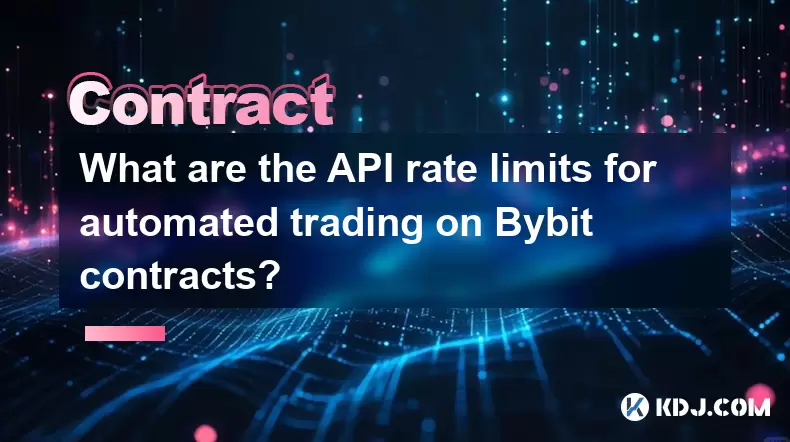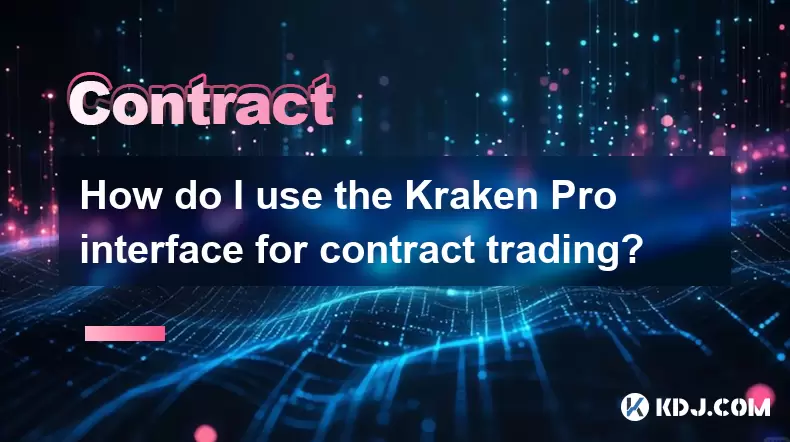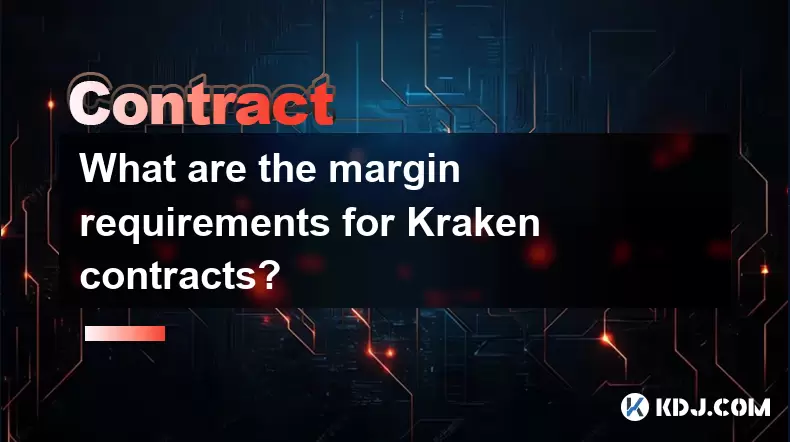-
 Bitcoin
Bitcoin $117600
2.11% -
 Ethereum
Ethereum $3907
6.13% -
 XRP
XRP $3.288
9.68% -
 Tether USDt
Tether USDt $1.000
-0.01% -
 BNB
BNB $784.8
2.00% -
 Solana
Solana $174.3
3.60% -
 USDC
USDC $0.9997
-0.03% -
 Dogecoin
Dogecoin $0.2220
8.04% -
 TRON
TRON $0.3379
0.01% -
 Cardano
Cardano $0.7829
5.46% -
 Stellar
Stellar $0.4348
8.84% -
 Hyperliquid
Hyperliquid $40.50
6.38% -
 Sui
Sui $3.757
7.22% -
 Chainlink
Chainlink $18.41
10.06% -
 Bitcoin Cash
Bitcoin Cash $581.6
1.91% -
 Hedera
Hedera $0.2586
5.37% -
 Avalanche
Avalanche $23.30
4.67% -
 Ethena USDe
Ethena USDe $1.001
0.01% -
 Litecoin
Litecoin $122.0
2.62% -
 UNUS SED LEO
UNUS SED LEO $8.972
-0.23% -
 Toncoin
Toncoin $3.338
1.14% -
 Shiba Inu
Shiba Inu $0.00001282
3.76% -
 Uniswap
Uniswap $10.38
6.88% -
 Polkadot
Polkadot $3.852
4.63% -
 Dai
Dai $1.000
0.02% -
 Bitget Token
Bitget Token $4.463
2.29% -
 Monero
Monero $263.6
-7.22% -
 Cronos
Cronos $0.1496
4.78% -
 Pepe
Pepe $0.00001106
4.91% -
 Aave
Aave $284.3
8.09%
How does Binance Contract calculate profit and loss? What factors affect the forced liquidation price?
Binance calculates profit/loss based on entry/exit prices for futures and options, while forced liquidation depends on margin, leverage, and market volatility.
May 04, 2025 at 02:57 pm

Understanding how Binance Contract calculates profit and loss, as well as the factors that affect the forced liquidation price, is crucial for any trader engaging with these financial instruments. Binance offers various types of contracts, including futures and options, each with its own method of calculating profits and losses. In this article, we will delve into the specifics of these calculations and explore the key factors that influence the forced liquidation price on the Binance platform.
How Binance Contract Calculates Profit and Loss
Binance Contract's profit and loss calculation depends on the type of contract you are trading. For futures contracts, the calculation is based on the difference between the entry price and the exit price of the position. If you are long on a futures contract, your profit is calculated as the difference between the exit price and the entry price, multiplied by the contract size. Conversely, if you are short, the profit is the difference between the entry price and the exit price, multiplied by the contract size.
For example, if you buy a Bitcoin futures contract at $30,000 and sell it at $32,000, and the contract size is 1 BTC, your profit would be:
[ \text{Profit} = (\text{Exit Price} - \text{Entry Price}) \times \text{Contract Size} ]
[ \text{Profit} = (32,000 - 30,000) \times 1 = 2,000 \text{ USD} ]
For options contracts, the calculation is slightly different. The profit or loss from an options contract depends on whether it is a call option or a put option, and whether it is exercised or expires worthless. If you buy a call option and the underlying asset's price rises above the strike price at expiration, you can exercise the option and buy the asset at the strike price, then sell it at the market price for a profit. If the option expires worthless, you lose the premium paid for the option.
Factors Affecting Forced Liquidation Price
Forced liquidation occurs when a trader's position is automatically closed by the exchange to prevent further losses when the account's margin falls below the maintenance margin requirement. Several factors influence the forced liquidation price on Binance:
Initial Margin Requirement: This is the amount of margin required to open a position. A higher initial margin requirement can lead to a higher forced liquidation price because it provides more cushion against losses.
Maintenance Margin Requirement: This is the minimum amount of margin required to keep a position open. If the account balance falls below this level, the position will be liquidated. The maintenance margin requirement directly affects the forced liquidation price.
Position Size: Larger positions require more margin, which can lead to a lower forced liquidation price because the potential loss is greater.
Market Volatility: High volatility can cause rapid price movements, increasing the likelihood of reaching the forced liquidation price. Traders need to be aware of market conditions and adjust their positions accordingly.
Leverage: The amount of leverage used in a position significantly impacts the forced liquidation price. Higher leverage increases the risk of liquidation because it amplifies both gains and losses.
Calculating Forced Liquidation Price on Binance
To calculate the forced liquidation price on Binance, you need to understand the formula used by the platform. For a long position, the forced liquidation price is calculated as:
[ \text{Forced Liquidation Price (Long)} = \frac{\text{Entry Price}}{1 + \left(\frac{1}{\text{Leverage}} \times \frac{\text{Maintenance Margin Requirement}}{\text{Initial Margin}}\right)} ]
For a short position, the forced liquidation price is calculated as:
[ \text{Forced Liquidation Price (Short)} = \frac{\text{Entry Price}}{1 - \left(\frac{1}{\text{Leverage}} \times \frac{\text{Maintenance Margin Requirement}}{\text{Initial Margin}}\right)} ]
Let's break down these formulas with an example. Suppose you enter a long position on a Bitcoin futures contract at $30,000 with a leverage of 10x, an initial margin of 10%, and a maintenance margin requirement of 5%. The forced liquidation price would be:
[ \text{Forced Liquidation Price (Long)} = \frac{30,000}{1 + \left(\frac{1}{10} \times \frac{0.05}{0.1}\right)} ]
[ \text{Forced Liquidation Price (Long)} = \frac{30,000}{1 + 0.05} ]
[ \text{Forced Liquidation Price (Long)} = \frac{30,000}{1.05} \approx 28,571 \text{ USD} ]
Practical Steps to Monitor and Manage Forced Liquidation Risk
To effectively manage the risk of forced liquidation, traders should follow these steps:
Monitor Margin Levels: Regularly check your account's margin levels to ensure they remain above the maintenance margin requirement. You can do this by:
- Logging into your Binance account
- Navigating to the futures trading section
- Checking the margin level displayed for your open positions
Adjust Leverage: If you find that your positions are at risk of liquidation, consider reducing the leverage to increase the buffer against price movements. To adjust leverage:
- Go to the futures trading interface
- Select the position you want to adjust
- Click on the leverage settings and reduce the leverage as needed
Set Stop-Loss Orders: Implementing stop-loss orders can help limit losses and prevent forced liquidation. To set a stop-loss order:
- Open the futures trading platform
- Select the position for which you want to set a stop-loss
- Enter the stop-loss price in the order settings
- Confirm the order
Stay Informed About Market Conditions: Keep an eye on market news and volatility indicators to anticipate potential price movements. Use tools like:
- Binance's market analysis tools
- External cryptocurrency news websites
- Volatility indices and charts
Common Mistakes to Avoid
Traders often make several common mistakes that can lead to forced liquidation. Being aware of these can help you avoid them:
Overleveraging: Using too much leverage can amplify losses and increase the risk of liquidation. Always assess your risk tolerance and use leverage cautiously.
Ignoring Margin Calls: Failing to respond to margin calls can result in forced liquidation. Always keep an eye on your account's margin levels and respond promptly to any margin calls.
Neglecting Stop-Loss Orders: Not setting stop-loss orders can leave you vulnerable to sudden market movements. Always use stop-loss orders to protect your positions.
Trading Without a Plan: Entering trades without a clear strategy can lead to poor decision-making and increased risk of liquidation. Develop a trading plan and stick to it.
Frequently Asked Questions
Q: Can I change the forced liquidation price on Binance?
A: No, the forced liquidation price is determined by the platform's formulas and your position's parameters. However, you can manage your risk by adjusting leverage, setting stop-loss orders, and monitoring your margin levels.
Q: What happens if my position is liquidated?
A: If your position is liquidated, it will be closed automatically by the platform to prevent further losses. Any remaining funds in your account after covering the losses will be available for withdrawal or further trading.
Q: How can I avoid forced liquidation on Binance?
A: To avoid forced liquidation, maintain your margin levels above the maintenance margin requirement, use appropriate leverage, set stop-loss orders, and stay informed about market conditions. Regularly monitor your positions and adjust them as necessary.
Q: Does Binance charge a fee for forced liquidation?
A: Yes, Binance may charge a liquidation fee to cover the costs associated with closing your position. This fee is typically a small percentage of the position's value and is detailed in Binance's fee schedule.
Disclaimer:info@kdj.com
The information provided is not trading advice. kdj.com does not assume any responsibility for any investments made based on the information provided in this article. Cryptocurrencies are highly volatile and it is highly recommended that you invest with caution after thorough research!
If you believe that the content used on this website infringes your copyright, please contact us immediately (info@kdj.com) and we will delete it promptly.
- Cold Wallet Crypto in 2025: The Future is Now, Ya'll
- 2025-08-08 05:10:13
- MAGACOIN, SOL, and ADA: A Tale of Shifting Tides in Crypto
- 2025-08-08 05:10:13
- SHIB Price, PEPE, and the Memecoin Supercycle: Who Will Reign Supreme?
- 2025-08-08 05:50:12
- Pudgy Penguins Price Prediction: Google Trends & Breakout Signals
- 2025-08-08 05:50:12
- UAE Crypto Regulation: SCA and VARA Unite to Streamline the Future of Digital Assets
- 2025-08-08 05:55:48
- MAGACOIN Finance: The Presale Phenomenon Rocking the Crypto World
- 2025-08-08 05:55:48
Related knowledge

Are there any fees for futures settlement on OKX?
Aug 08,2025 at 05:35am
Understanding Futures Settlement on OKXFutures settlement on OKX refers to the process by which open futures contracts are automatically closed or mar...

How to use the OKX margin calculator for futures?
Aug 08,2025 at 05:15am
Understanding the OKX Margin Calculator for FuturesThe OKX margin calculator is a specialized tool designed to assist traders in estimating the requir...

How to find and copy experienced traders on Bybit contracts?
Aug 08,2025 at 06:00am
Understanding Copy Trading on BybitBybit offers a copy trading feature that allows users to automatically replicate the contract positions of experien...

What are the API rate limits for automated trading on Bybit contracts?
Aug 08,2025 at 06:08am
Understanding API Rate Limits on BybitWhen engaging in automated trading on Bybit contracts, understanding the API rate limits is essential to prevent...

How do I use the Kraken Pro interface for contract trading?
Aug 08,2025 at 05:00am
Understanding the Kraken Pro Interface for Contract TradingThe Kraken Pro platform is designed for advanced traders who require speed, precision, and ...

What are the margin requirements for Kraken contracts?
Aug 08,2025 at 05:42am
Understanding Margin in Kraken Futures TradingWhen engaging in futures trading on Kraken, traders must understand that margin is the collateral requir...

Are there any fees for futures settlement on OKX?
Aug 08,2025 at 05:35am
Understanding Futures Settlement on OKXFutures settlement on OKX refers to the process by which open futures contracts are automatically closed or mar...

How to use the OKX margin calculator for futures?
Aug 08,2025 at 05:15am
Understanding the OKX Margin Calculator for FuturesThe OKX margin calculator is a specialized tool designed to assist traders in estimating the requir...

How to find and copy experienced traders on Bybit contracts?
Aug 08,2025 at 06:00am
Understanding Copy Trading on BybitBybit offers a copy trading feature that allows users to automatically replicate the contract positions of experien...

What are the API rate limits for automated trading on Bybit contracts?
Aug 08,2025 at 06:08am
Understanding API Rate Limits on BybitWhen engaging in automated trading on Bybit contracts, understanding the API rate limits is essential to prevent...

How do I use the Kraken Pro interface for contract trading?
Aug 08,2025 at 05:00am
Understanding the Kraken Pro Interface for Contract TradingThe Kraken Pro platform is designed for advanced traders who require speed, precision, and ...

What are the margin requirements for Kraken contracts?
Aug 08,2025 at 05:42am
Understanding Margin in Kraken Futures TradingWhen engaging in futures trading on Kraken, traders must understand that margin is the collateral requir...
See all articles

























































































